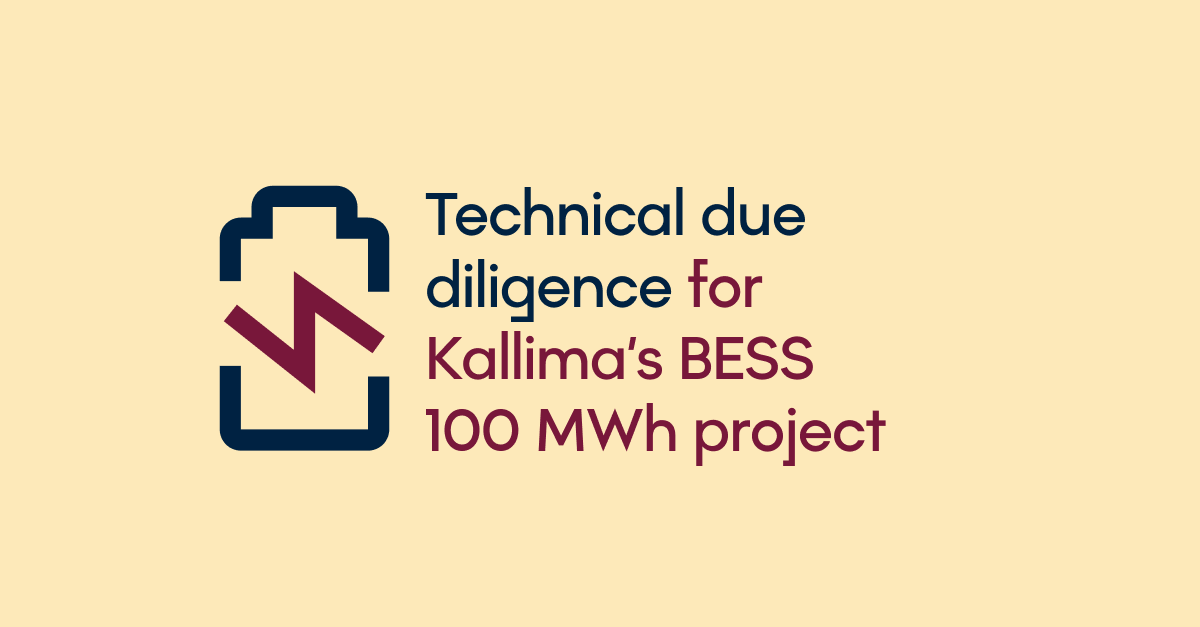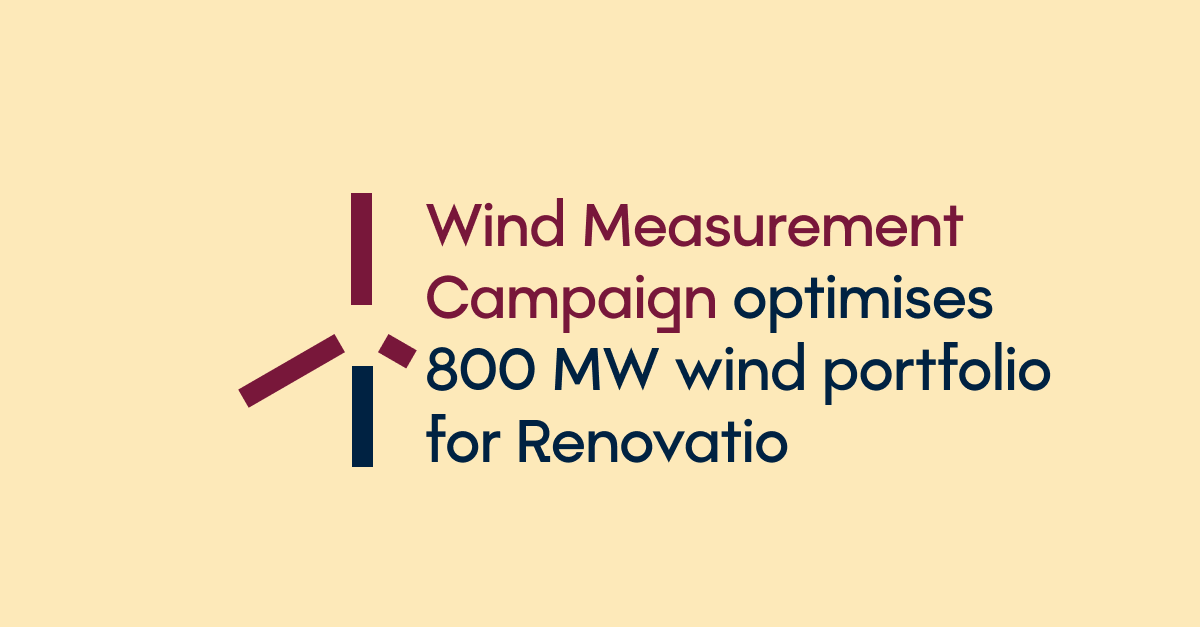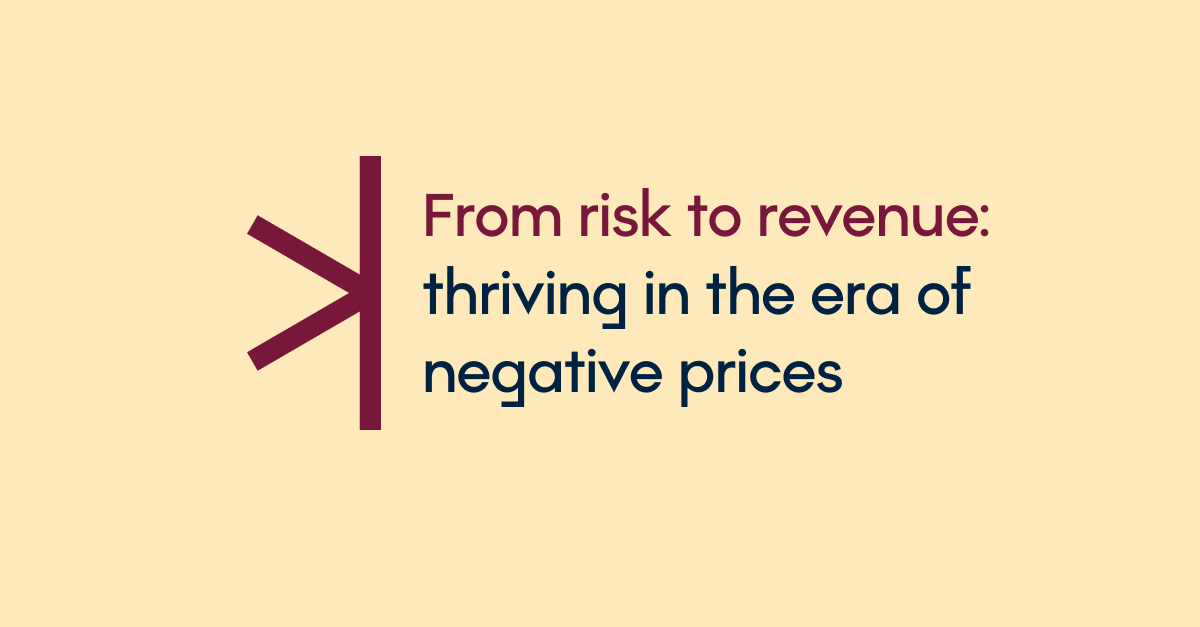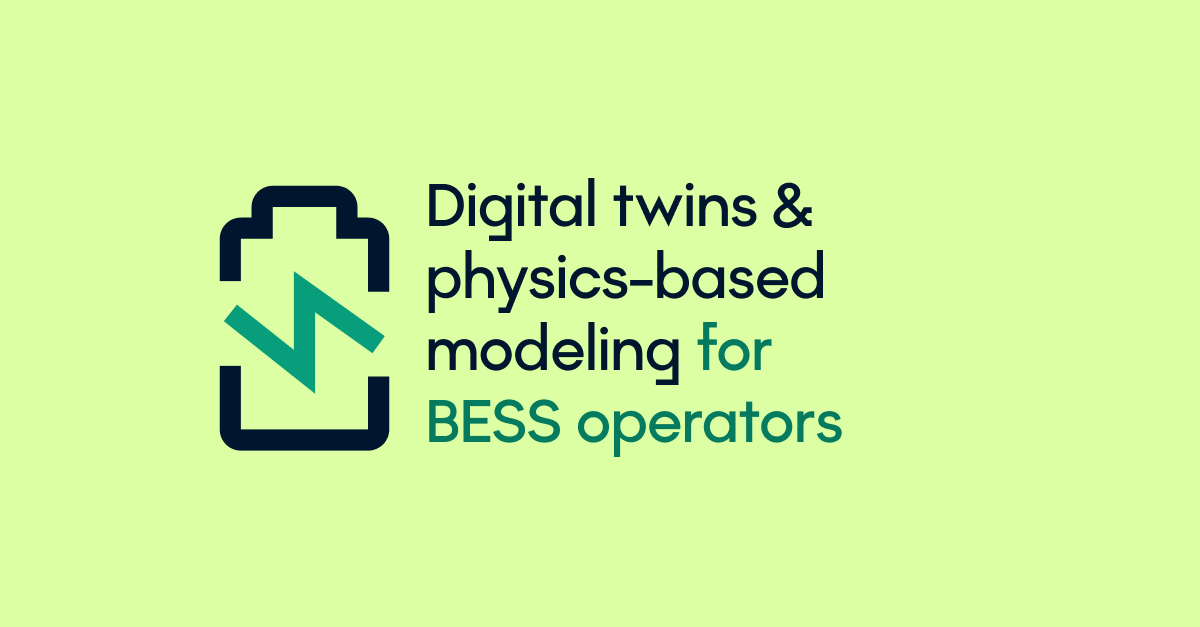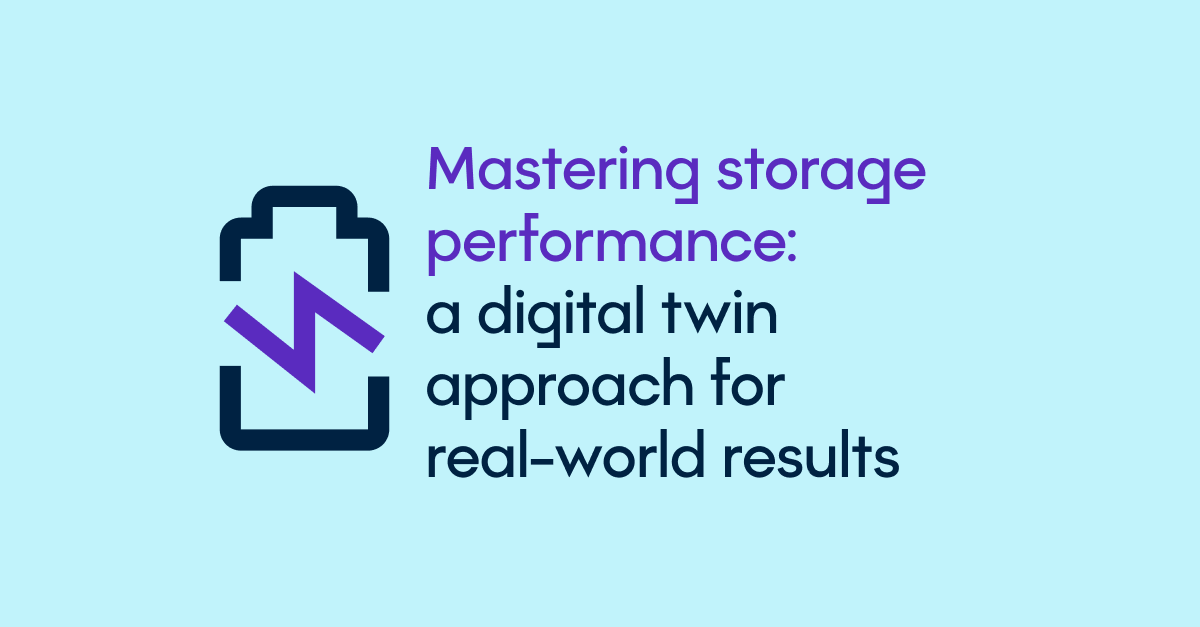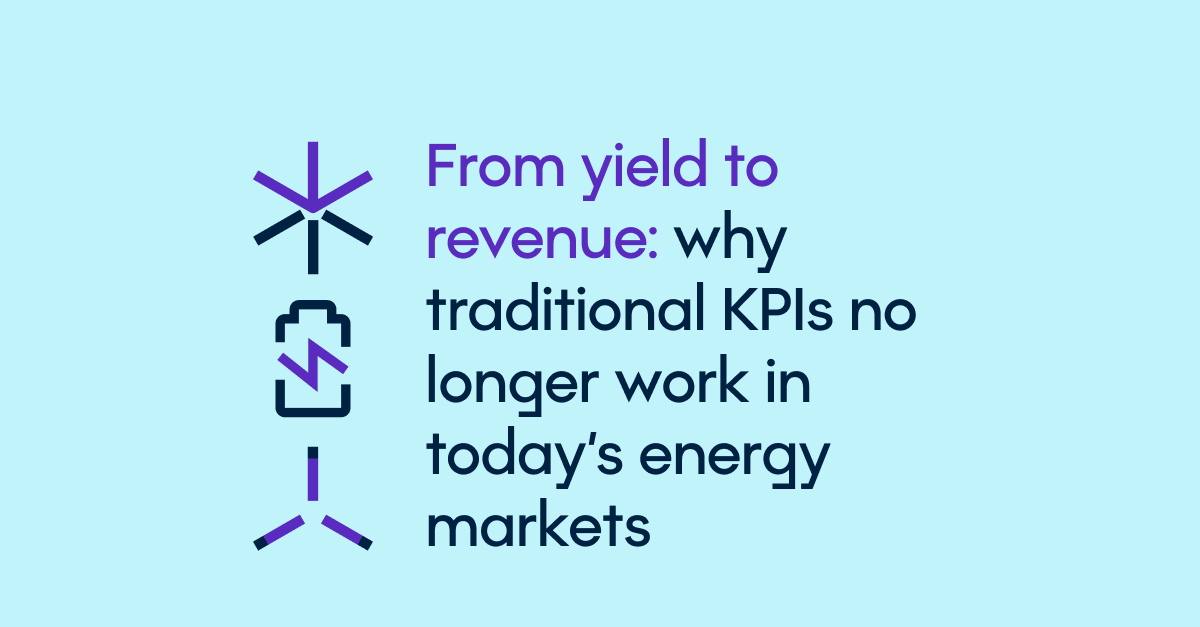In the newsletter of last month, we introduced the concept of ‘energy communities’ as an entity of governance at the scale of the energy transition. In the context of ongoing pilot-projects for ‘local energy communities’ in Flanders, 3E participated in the second meeting of the Global Observatory on Peer-to-Peer (P2P), Community Self-Consumption (CSC) and Transactive Energy (TE) Models of the International Energy Agency in Florence. One of the key questions raised during the global observatory was whether P2P and CSC not only can make money flow differently, but also make power flow differently and unlock new resources.
Clearly defining the concept of ‘peers’ and ‘communities’ may play a key role in the answer to this question.
Peer pressure
A clear recognition of the concept of peers in communities could bring clarity in the dispersed landscape of actors the power sector has become.
In the last two decades, the power sector has evolved from an elementary-structured sector with vertically-integrated utilities and customers into a dispersed landscape of actors including grid operators, suppliers, energy service companies, aggregators, prosumers and others. Through time, this dispersion of actors has found its way in regulation, splitting up actors in different categories with different rights and different obligations. Since no categorization is perfect, it has also resulted in arbitrary differences in the treatment of seemingly similar situations depending on the main activity, the voltage-level of connection, the ownership of assets or the size and volume of services. A strict categorization potentially limits the services, technology choices or governance models of actors.
In an increasingly professionalized landscape with an increasingly dominant role for distributed small-scale assets and actors, the energy system could benefit from fading the differences in the treatments of actors, transactions or services. One way of doing this could be by allowing different actors to organize themselves as peers in a community. In such community, actors come to a mutual understanding of a set of internal rules, while general governmental regulations focus on the set of rules applied to the community as a whole.
Such communities can be an actor in TE models or recognize each other as peers and create a nested community-of-communities.
Community trust
A ‘community-of-peers’ can turn passive actors into an action arena and unlock new resources through trust.
Today’s action arena of the power sector is not only defined by the costs and benefits of potential actions. Profit maximization is only a useful theoretical tool for predicting behavior in static market conditions, but it does not enable to predict the actions, services or technologies of actors in a sector with rapidly changing conditions: Benefits and costs have to be discovered and weighted by individuals using human judgement in highly uncertain and complex situations that are made even more complex to the extent that others behave strategically.(1) The complexity of the sector, the uncertainty of regulatory changes and the uncertainty of future market conditions limit the actions undertaken by actors.
A community of peers unlocks new actions through trust. The action arena of a community operates in a set of rules describing the choices actors can make, the positions actors can take, the boundaries of the community set by the peers and regulations, the available information, the aggregation into the external system, the scope of the community and the payoff of actions. The trust between peers in a community increases the knowledge on the potential actions they can make, increases the knowledge of the positions their peers will take, simplifies the boundaries in which they operate, and reduces the potential risk caused by the (uncertain) positions taken by actors outside the community and by the (uncertain) variability of the payoff of actions.
While a ‘community-of-peers’ might sound as a new concept, creating stability and certainty for actions is not, it is the same reasoning behind corporate power purchase agreement (cPPA) as a driver for renewab
(1) Elinor Ostrom (1990), Governing the Commons – The Evolution of Institutions for Collective Action, Cambridge University Press








